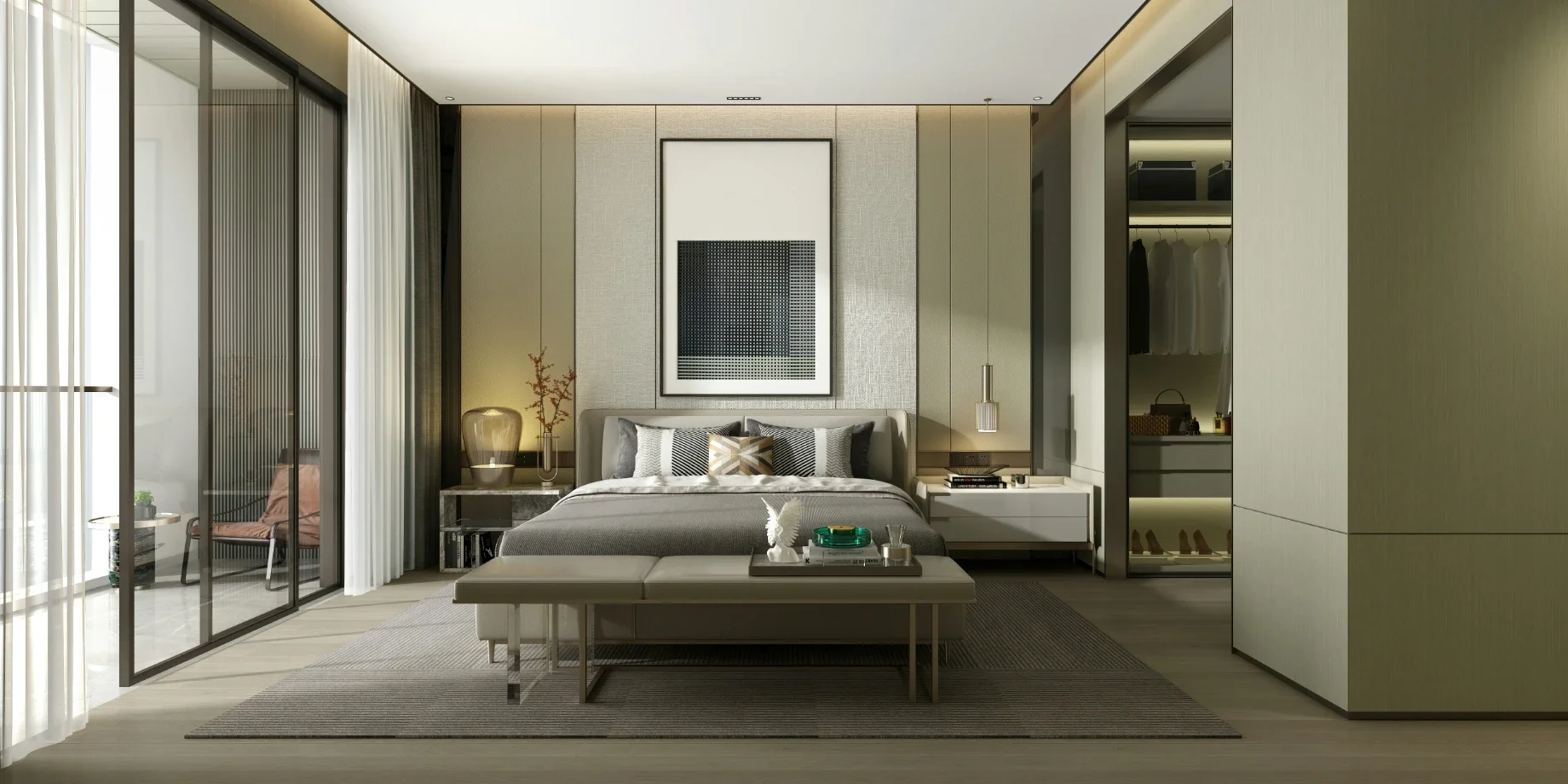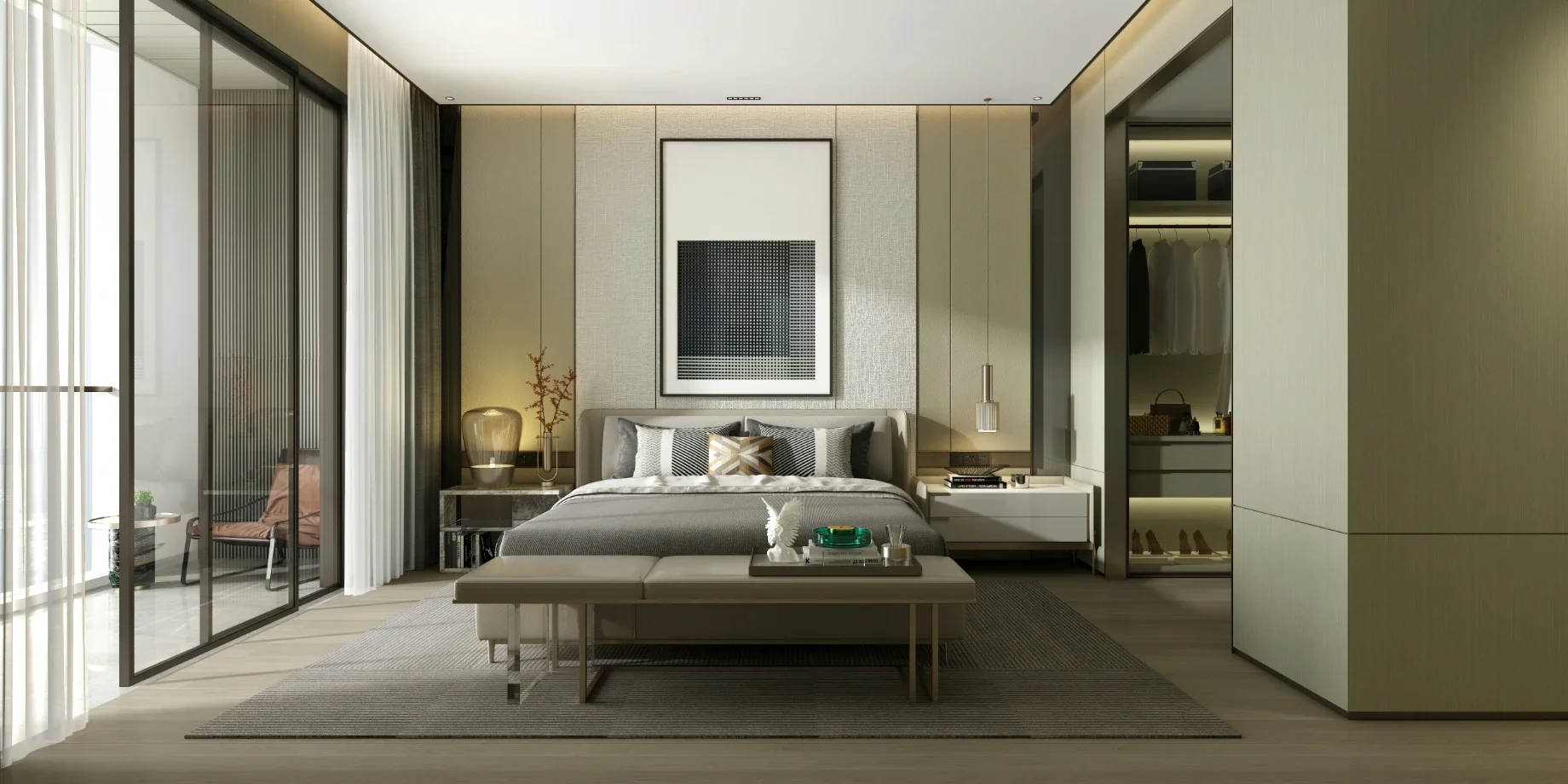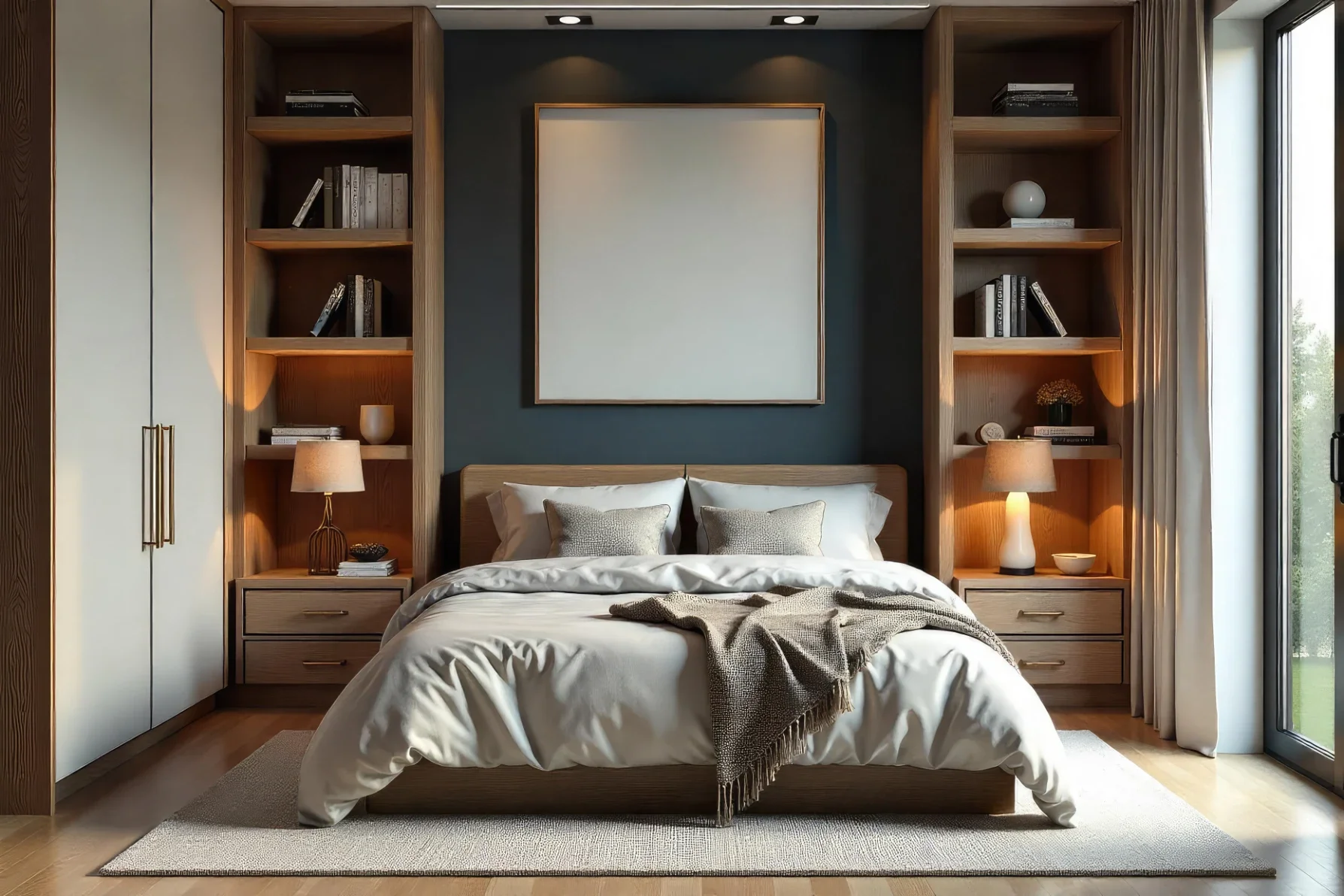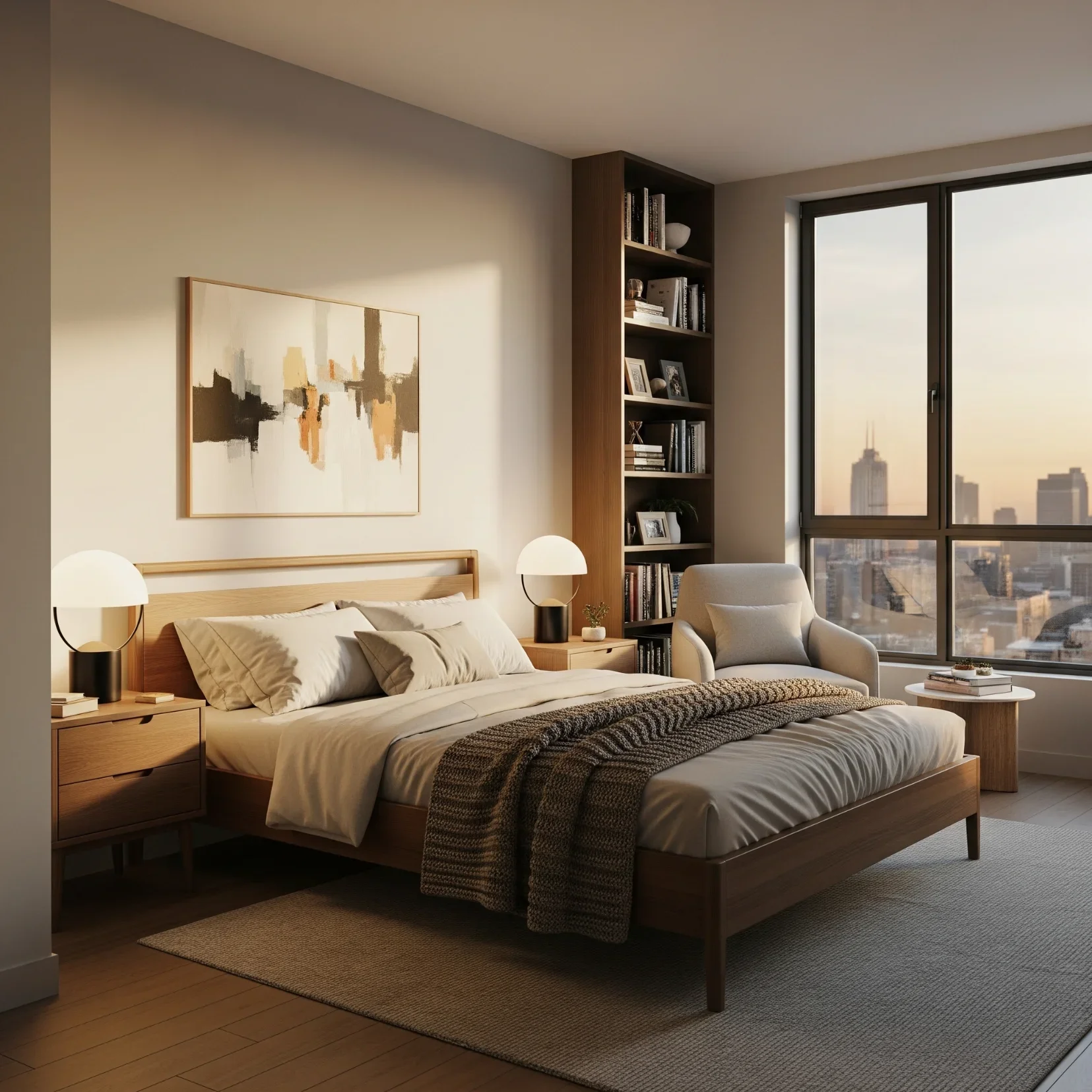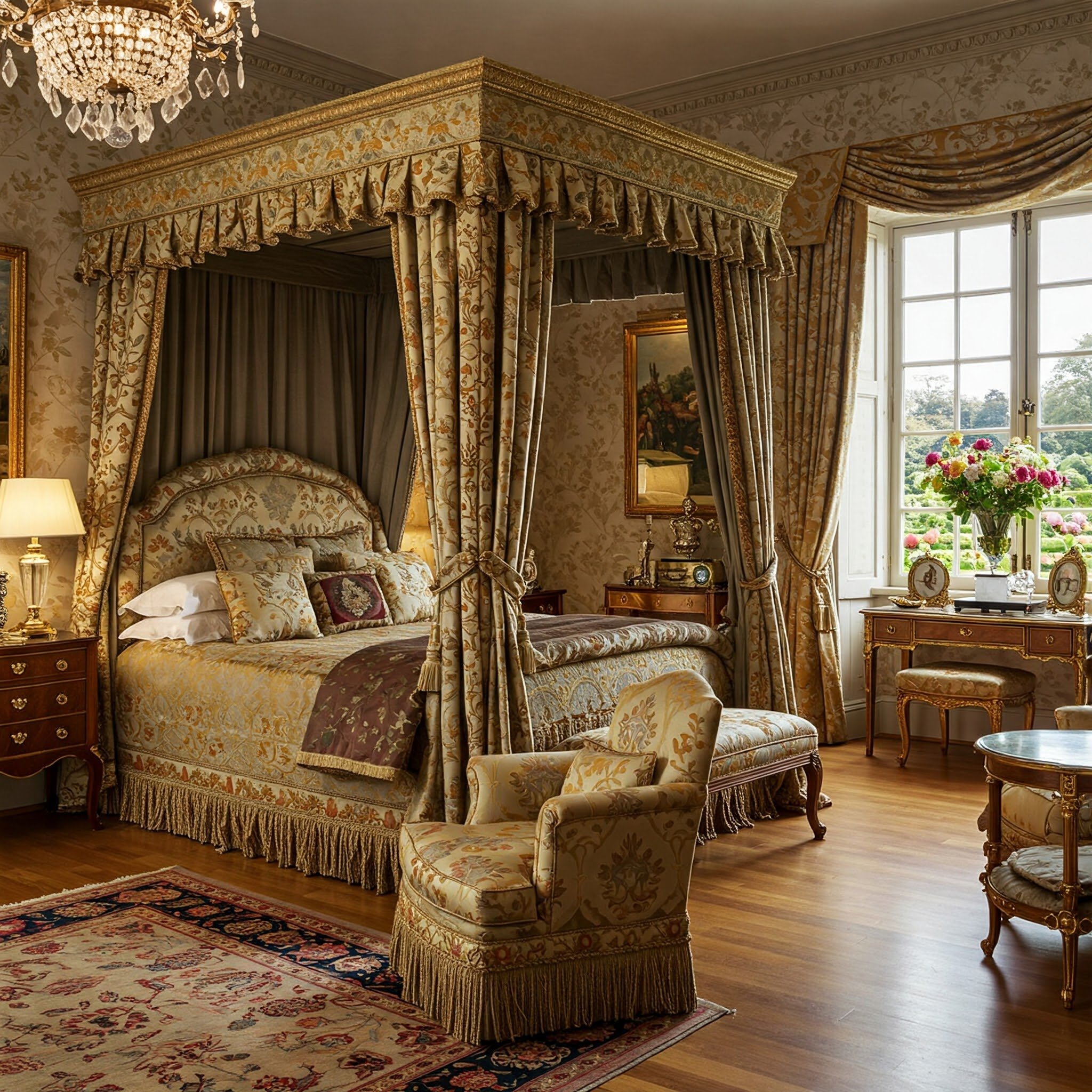Essentials Every Comfortable Bedroom Should Have
Create a cozy and restful retreat with these essential bedroom must-haves that enhance comfort, style, and relaxation for a better night’s sleep.
A bedroom should be more than a place to sleep. It’s a personal retreat where you unwind, recharge, and prepare for the day ahead. Creating a space that supports rest and relaxation requires thoughtful attention to comfort, functionality, and design. The right essentials can transform any bedroom into a calming sanctuary that promotes better sleep and a sense of well-being.
From quality bedding to lighting and storage, every detail plays a role in setting the tone. By choosing the right elements, you can create a room that feels both inviting and practical, no matter the size or style of your home.
Quality Bedding for Restful Sleep
Bedding is the foundation of any comfortable bedroom. Investing in high-quality sheets, blankets, and pillows enhances comfort and improves sleep quality. Soft, breathable fabrics regulate temperature and keep you comfortable through the night.
Choosing the right materials ensures that your bed feels cozy in the winter and cool in the summer. Items such as breathable quilt covers add an extra layer of comfort while promoting airflow, making it easier to maintain an ideal sleeping temperature. High thread count cotton, linen, or bamboo fabrics offer durability and a luxurious feel. A supportive mattress and properly chosen pillows complement the bedding, ensuring that your body is fully supported throughout the night.
Rotating or replacing pillows and mattresses regularly helps maintain their shape and support, preventing discomfort and improving hygiene. Clean, well-maintained bedding contributes significantly to a restful sleeping environment.
Thoughtful Lighting Design
Lighting has a major impact on mood and sleep. A well-designed lighting scheme includes both functional and ambient options that can be adjusted to suit different needs throughout the day. Soft bedside lamps create a warm, inviting atmosphere in the evening, while brighter overhead lighting supports morning routines and practical tasks.
Dimmable lights offer flexibility, allowing you to create a calming environment as bedtime approaches. Blackout curtains or shades can block out unwanted light, improving sleep quality for those sensitive to nighttime illumination. Thoughtfully layered lighting supports both comfort and practicality, helping you transition smoothly from day to night.
Temperature and Air Quality Control
A comfortable bedroom maintains a balanced temperature and clean air. Proper ventilation and temperature control systems keep the environment fresh and conducive to sleep. Ceiling fans, air purifiers, and adjustable thermostats allow you to fine-tune the room to your preferences.
Regularly cleaning vents, filters, and fans prevents dust buildup, which can affect air quality and aggravate allergies. Opening windows during the day allows fresh air to circulate, reducing stuffiness and improving comfort. A well-regulated environment supports deeper, more restorative sleep.
Functional Storage Solutions
Clutter disrupts the sense of calm that a bedroom should provide. Thoughtful storage solutions keep the space organized and visually appealing. Built-in wardrobes, under-bed drawers, and multi-functional furniture maximize available space without compromising design.
Using baskets, bins, and shelving to categorize items makes it easy to maintain order. When everything has a designated place, the bedroom feels more spacious and relaxing. Regular decluttering ensures that only important and meaningful items remain, reinforcing a sense of tranquility.
Personalized Decorative Touches
Adding personal touches gives a bedroom warmth and character. Artwork, photographs, or decorative accents reflect your personality and make the space feel uniquely yours. A few carefully chosen pieces can create a cohesive theme without overwhelming the room.
Textiles like throw blankets, cushions, and rugs introduce texture and color, adding depth to the design. Plants can enhance both the aesthetics and air quality, bringing a touch of nature indoors. These personal elements turn a functional room into a true sanctuary that supports rest and self-expression.
Incorporating Sound Management for Better Sleep
Noise levels play a significant role in sleep quality and comfort. Even subtle background sounds can interfere with deep sleep cycles, leading to restlessness, frequent awakenings, or difficulty falling asleep in the first place. Addressing sound issues within the bedroom environment helps create a more stable and peaceful atmosphere that supports restorative rest.
One of the most effective ways to manage noise is through thoughtful design choices. Incorporating sound-absorbing elements such as thick rugs, upholstered headboards, wall hangings, and heavy curtains can reduce echo and muffle outside disturbances. Soft materials absorb sound waves instead of reflecting them, resulting in a quieter and more serene space. In multi-story homes, area rugs or carpets placed strategically above bedrooms can help minimize the sound of footsteps from rooms above.
A comfortable bedroom blends functionality with personal style. Quality bedding, thoughtful lighting, clean air, organized storage, and decorative elements all contribute to a restful environment. By carefully selecting these essentials, you create a space that promotes better sleep, reduces stress, and enhances daily life.
A well-designed bedroom doesn’t just look good; it feels good. With the right foundation and a few personal touches, any bedroom can become a peaceful retreat where you feel relaxed, rejuvenated, and ready to face each new day.
